
Cartoons weren’t always made with everyone in mind. Writers went for shock value, and sometimes that meant crossing into territory that now feels uncomfortable. It’s easy to overlook how much has changed until you watch old episodes again. These jokes may have aired without protest then, but today, they’d cause serious controversy.
Elmer Fudd’s Gun Obsession
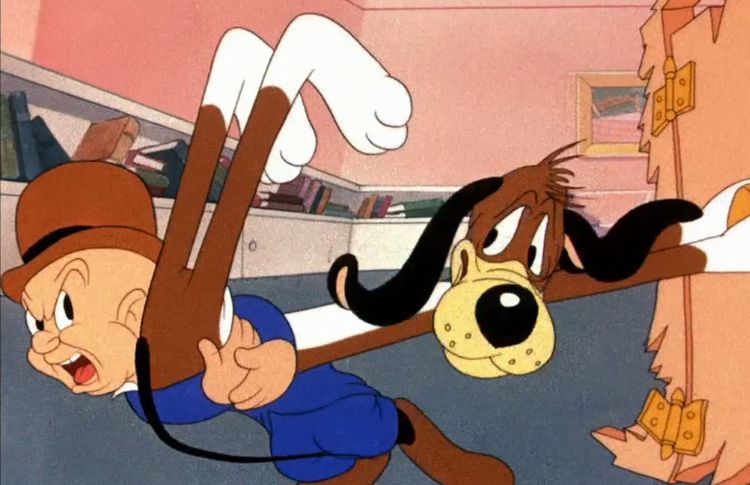
For decades, Elmer Fudd chased Bugs with a double-barrel shotgun. In today’s climate of heightened gun violence awareness, even cartoons can’t ignore the optics. Recent reboots gave Elmer new hunting tools, quietly distancing the franchise from firearm imagery.
Asian Caricatures In Looney Tunes
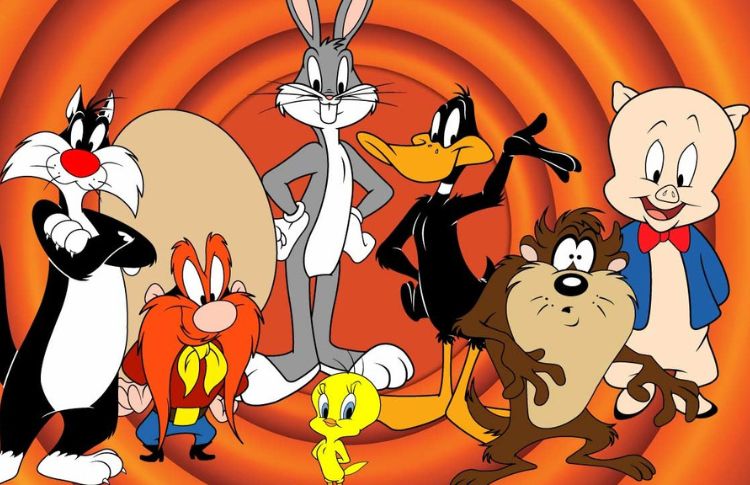
From slanted eyes to broken English, Looney Tunes didn’t hold back on using offensive Asian stereotypes. These portrayals, especially during World War II, now serve as textbook examples of what modern animation avoids. Such jokes would be unacceptable by today’s industry standards.
Johnny Bravo’s Harassment Gags

Johnny was built like a superhero and flirted like a walking HR violation. What passed for slapstick or exaggerated charm in the ’90s now reads as inappropriate behavior. Harassing women for laughs? 21st-century shows know better.
Pepe Le Pew’s Pursuit
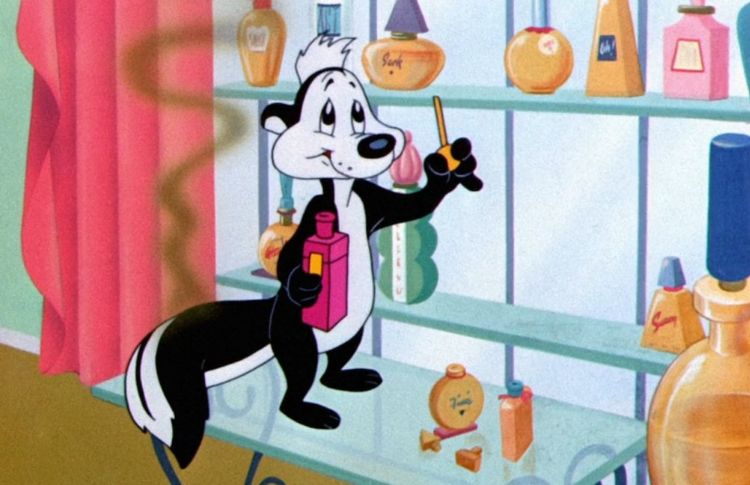
A skunk who doesn’t understand consent isn’t the comedy icon we once thought. Pepe’s relentless chasing of an uninterested cat became symbolic of romanticizing predatory behavior. In modern storytelling, consent is a must — and that’s a lesson long overdue.
Tom And Jerry’s “Mammy”
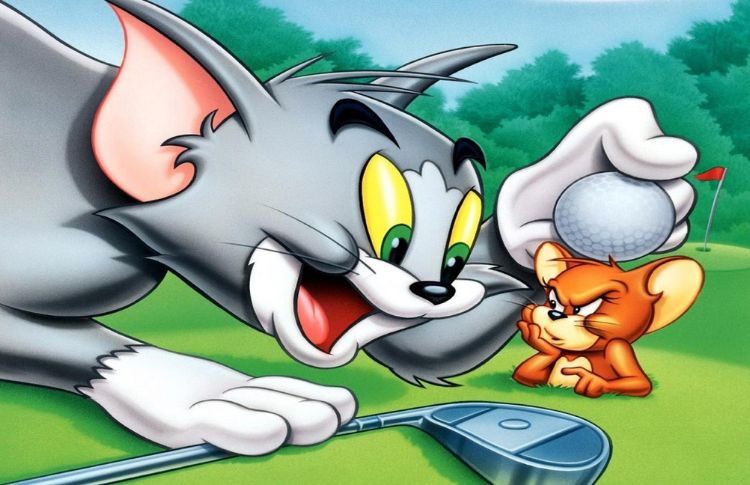
The housemaid, often seen shouting from offscreen, embodied outdated African-American racial stereotypes. Her dialect, mannerisms, and faceless presence made her more of a caricature than a character. Over time, many reruns replaced her with a different voice or edited her scenes entirely.
Native American Tropes In Peter Pan

Feathers, face paint, and a song literally titled “What Makes the Red Man Red?” These depictions are now widely condemned for perpetuating harmful stereotypes. Disney has since added disclaimers and content warnings to newer releases of the film.
Cross-Dressing Punchlines
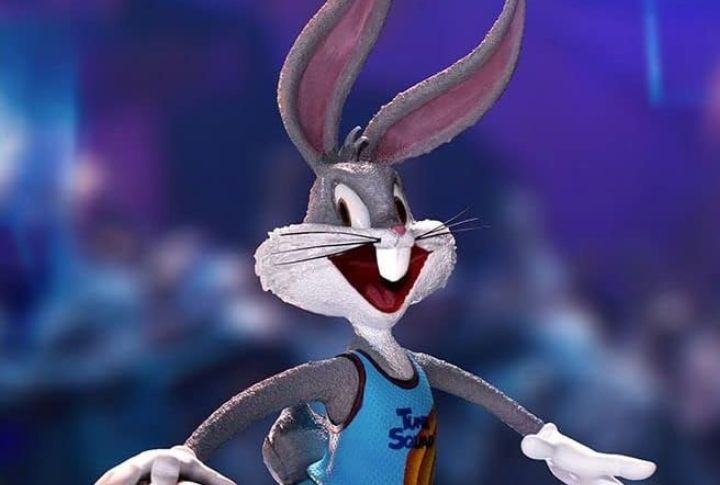
In many classic cartoons, dressing in women’s clothing was the entire joke. Bugs Bunny did it. So did countless others. But when gender identity and expression are real-life experiences for many, using them as punchlines doesn’t play like it used to.
Fat Jokes In Garfield

Garfield’s love of lasagna wasn’t the issue — it was how often his size became the punchline. Constant fat-shaming humor is one of those elements that’s aged poorly, especially as the media becomes more aware of body positivity and healthy representation.
Misusing Disability In Family Guy
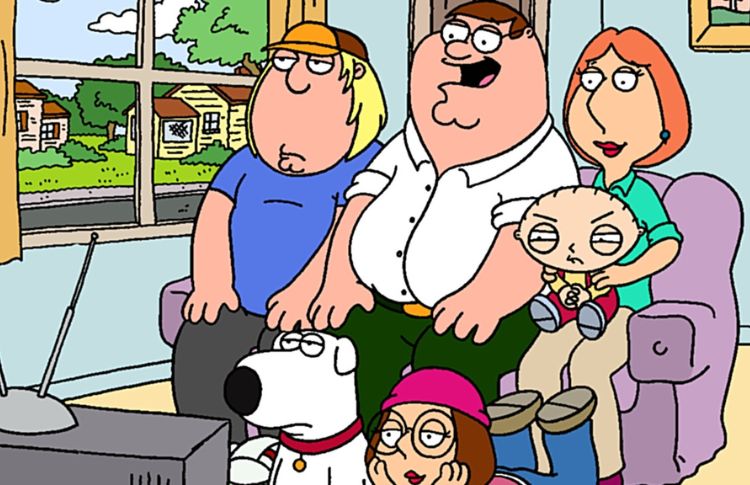
Family Guy leaned into shock humor, and jokes about people with disabilities weren’t off-limits. But audiences today are far more vocal about inclusion and representation. So, mocking conditions or physical limitations wouldn’t land well anymore.
Racial Imitation In Animaniacs
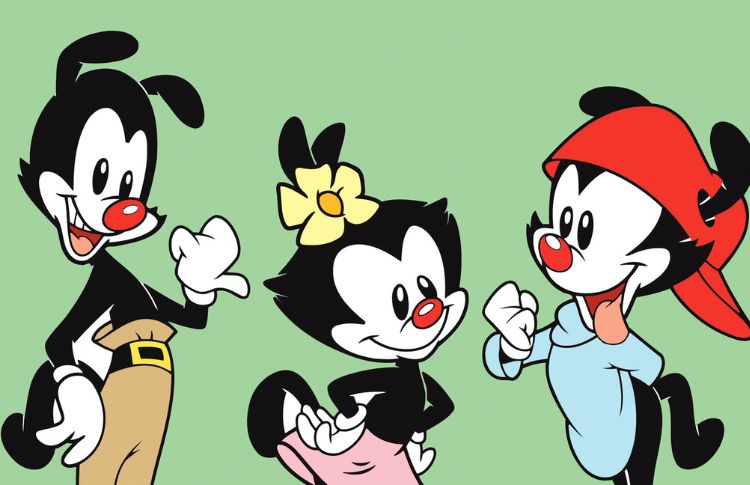
Animaniacs thrived on chaos, but a few sketches featured exaggerated accents and racial impersonations that haven’t stood the test of time. It’s one thing to be zany and another to punch down. Comedy today treads with more care.

